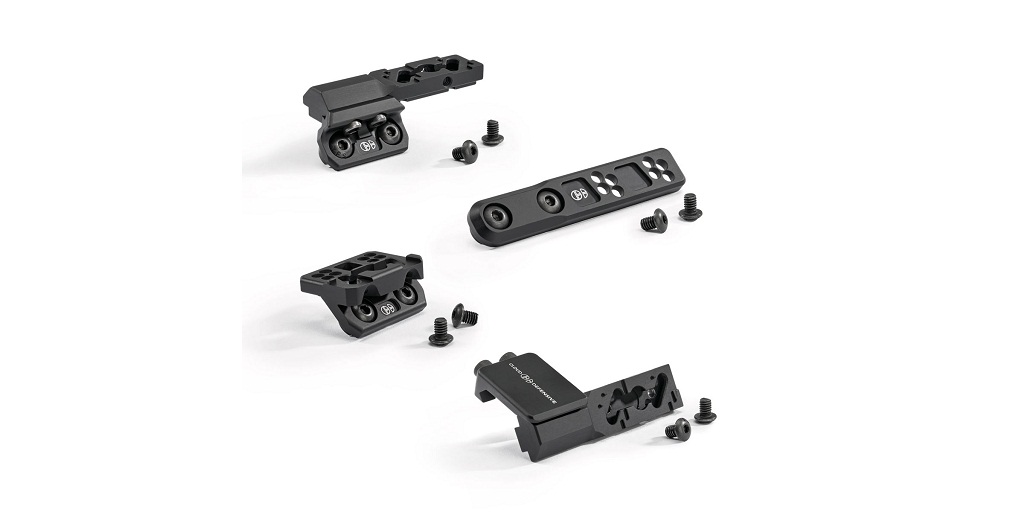Without consulting a national database of figures on the topic, it’s a fair assumption to make that a majority of shooters that invest in weapon-mounted light platforms for their sporting rifles just tack them onto the front of the handguard using whatever mounts came with them or are compatible with the light and rail system.
A second reasonable assumption would be that the majority of them just clamp their light onto the right or left side of the rail in the 3 o’clock or 9 o’clock position. It’s what most light mounts are designed for, and it works “well” enough that it doesn’t merit a reevaluation of the entire situation.
But does that primacy really make it the best? Here’s what we have to say about an alternative that’s growing in popularity: offset Picatinny light mounts.
On Muzzle Blast/Percussive Damage
Picatinny offset light mounts, which typically mount the WML at the 1:30 or 11:30 position (or very near to those) can potentially protect the light from the percussive damage associated with the muzzle blast.
Depending on how your muzzle device is ported, and how far back your light is, every time you pull the trigger, you may be blasting your light and lens with carbon residue and a whole lot of physical shock.
Tough lights can take it, up to a certain point. However, even the toughest of the tough will be subjected to a larger-than-average dose of carbon fouling if they are inopportunely positioned.
As it turns out, simply mounting your WML in an offset configuration can shift its orientation so that it is better protected against ported gases and the fouling they carry.
On Handling
Offsetting your WML doesn’t necessarily give your weapon an advantage in terms of handling; rather, how far forward or back you mount the light will make a bigger impact on that. Regardless of where and how you mount it, you still need to be able to easily and comfortably reach any activation switches with your support hand.
That said, if your WML is mounted in an offset configuration, you may be able to reap a greater purchase on the forward section of the rail or handguard, which can potentially improve the ergonomics of your rifle. That said, slimming down the overall profile of the weapon is an undeniable benefit.
On the Overall Profile of the Weapon
One of the most significant advantages of considering offset light mounts of some form or other is that it will slim down the overall profile of the weapon.
Let us be clear – when you mount the light in the 9 or 3 o’clock position, regardless of which side of the weapon you choose, the overall width of the weapon will be greater than when you use an offset mount.
This is because the offset mount will rotate the light slightly around the handguard, bringing it higher towards the top, shaving a little width off of the profile of the mount.
You’re not going to be making a huge dent in the width of the profile, but every little bit counts. This can be a particular benefit if you already don’t like the handling of your weapon or the light gets in the way when rounding corners or moving through brush.
High-Quality Offset Picatinny Light Mounts
If you’re looking for high-quality offset Picatinny light mounts, visit Cloud Defensive at CloudDefensive.com and check out their Torrent light mounts.
They offer a variety of light mounts in addition to offset Picatinny rail mounts, including M-LOK light mounts. Their light mounts are compatible with their own REIN and REIN Micro WMLs as well as Surefire M300 and M600 Scout Lights (except the M600 AA), select Streamlight ProTac rail mounts, as well as with a wide range of lights that use the “Scout Light” mount style.
To learn more about their products and capabilities, visit CloudDefensive.com or contact them directly with your questions at Support@CloudDefensive.com.
For more information about Weapon Light With Pressure Switch and Handgun Rail Light Please Visit : Cloud Defensive LLC.
Hi, I am Adam Smith, Admin Of TechSketcher, Creative blogger and Digital Marketer.
